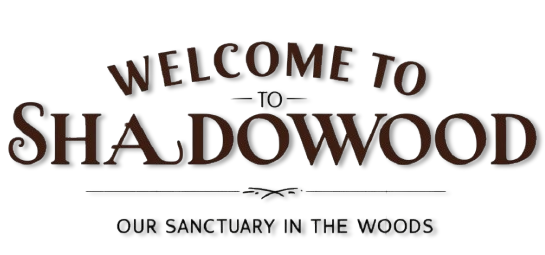Q. What do you think would be the best size horse for me? I am 5’9″, 135 lbs. Also, what breed or color of horse would look best in Western pleasure?
A. The first thing I will do to answer your question is to refer you to an earlier response I made to a somewhat similar question. It will help you to understand my perspective on horse/rider partnerships:
The breed of horse most appropriate for Western pleasure competition depends on the organization under which you intend to compete. If you want to compete in the higher-level breed association shows, then of course you will need to buy a horse of the specific breed concerned. However, if you intend to compete in open shows, you have the option of riding any breed or grade horse of your preference. Quarter Horses and Quarter Horse types generally predominate at these open shows, though Paints and Appaloosas are also common competitors. And of course, you will see a variety of other breeds competing on the open circuits as well. Because Quarter Horses are so common in Western pleasure classes, many judges are accustomed to pinning this most typical stock horse type. This is not to say that Arabians or Morgans cannot win a Western pleasure class – they most certainly can and do – but they may need to truly excel in the ring to be placed above a Quarter Horse who is producing only an average performance.
This same familiarity factor may also be influenced by a horse’s color. A horse whose color or markings tend to make him stand out in the ring and draw constant attention can be either a great asset or a huge detriment. We all have moments in the show ring that we’d just as soon the judge didn’t see – a rough transition, a brief spook off the rail, a break in gait. If you are riding one of a dozen sorrels or bays in a class, you’ve got a better chance of having such “bad spots” overlooked by the judge. However, if you’re riding the one flashy Paint or brilliant palomino in a class full of plain sorrels, it’s much harder to hide in the crowd when things aren’t going so well. In short, if your horse is perfect, a showy coat color will help make everyone more aware of his presence in the ring. If he’s of the more average, imperfect type, a little common-color camouflage wouldn’t hurt.
The height of the horse you need is somewhat dependent on the breed you choose for yourself. Some breeds are generally shorter or taller than others, and some of the shorter breeds are specifically bred for weight-bearing ability to carry riders who seem proportionately a bit large for them. I grew up on Thoroughbreds, and I still find large adults riding small horse breeds a bit odd-looking, though I realize the small horses are bred for it. It’s just a matter of what my eyes got used to seeing as a rider all those youthful years ago. If you decide to purchase one of the typical stock horse types, you’d be best to look for an animal in the 15-16 hand range. Smaller than that, and you’ll look disproportionately large on the horse. Taller than that, and you risk getting one of those big, flashy horses with a proportionately longer stride who may end up passing all the other horses in the ring. The extra length of stride in such large animals can sometimes be misinterpreted as inappropriate speed in the show ring and leave you out of the ribbons.
